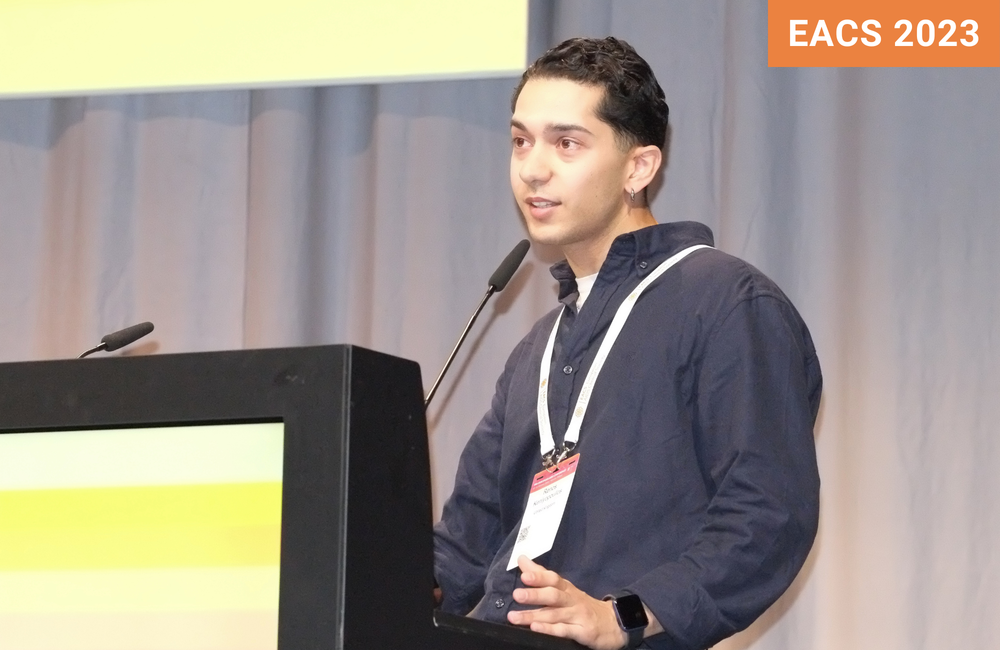Blood
Dolutegravir may increase blood clotting affecting stroke and heart attack risk, early findings warn
Dolutegravir, a preferred HIV drug present in many combinations such as Dovato, Juluca and Triumeq, may cause unneeded blood clotting by activating the ‘blood clotting’ cells known as platelets. When platelets were exposed to dolutegravir at concentrations usually seen in people who use the drug, their clotting activity more than tripled, Renos Keniyopoullos told the 19th European AIDS Conference (EACS 2023) in Warsaw last week. These were ‘lab dish’ experiments and further clinical assessment in people living with HIV is warranted.
Platelets are responsible for proper blood clotting which happens when they get activated by stimuli such as tissue injury. However, hyperactivation may drive unneeded clotting and increase risks of stroke, heart attack and other serious health issues by ‘clogging’ vital blood vessels. This clogging is called thrombosis, a condition described as a ‘silent killer’ due to its ability to sometimes cause sudden death.
Platelets are very sensitive to many stimuli and sometimes they may even react to certain drugs by turning on a ‘hyperactive mode’. When in this state, any additional stimulus, such as a small blood vessel injury, could be sufficient for them to over clot and stop the blood flow by obstructing the vessel. If that blood vessel happens to be in the brain, it would result in a stroke – if in the heart, it would lead to a heart attack.
The study
A small team of investigators at Imperial College London separated platelets from blood taken from donors without HIV following their consent. Next, they mixed those platelets with substances found in our body that are known to trigger platelet aggregation (clotting). In the next step they added dolutegravir or bictegravir (a similar molecule, present in Biktarvy) to the mixture to measure the difference in platelets’ clotting activity. The drug amounts added reflected normal blood concentrations seen in people with HIV. In a separate step they also added the drugs which dolutegravir and bictegravir are usually combined with to assess whether they had an additional effect.
Dolutegravir, but not bictegravir, linked to platelet clotting
Compared to platelets exposed to only one of the natural substances that trigger clotting, the level of clotting observed in the presence of dolutegravir was 3.6-fold greater. In another assay, comparing the clotting in the presence of dolutegravir with another natural clotting trigger, once again dolutegravir doubled the clotting activity. Adding the other drugs which usually accompany dolutegravir in various combinations did not change the observed effects.
Bictegravir – the ‘cousin’ molecule of dolutegravir found in the combination Biktarvy – seemed to slightly increase the clotting activity of platelets; but the effect was small enough so the authors could ignore it altogether.
Takeaway
Proper blood clotting is essential for the body to self-heal, however, a hyperactive state of the platelets can drive very serious health problems such as stroke. In laboratory experiments, dolutegravir seems to cause platelets to switch on that hyperactive state. This may result in hypersensitive platelets that ‘overreact’ and clog blood vessels leaving organs and tissues without blood flow and oxygen, and causing tissue death.
Although the mechanism by which dolutegravir may trigger this hyperactive state is unclear, Renos Keniyopoullos believes it may be due to dolutegravir’s ability to facilitate calcium influx inside cells. Calcium balance is essential for almost any process in our body and in the case of platelets, increased calcium inside platelets could be a direct signal for activation and clotting.
Nevertheless, these findings are based on laboratory tests which cannot reflect exactly what may be happening in our bodies. Aware of this major limitation, Keniyopoullos also noted that they are now working on a follow-up study where they are going to test the activation level of platelets taken from people on dolutegravir-based regimens. If the same effect is observed in follow-up studies and real-world experience, that might suggest that drug regimens other than dolutegravir may be appropriate for people who need to lower their cardiovascular risk.
References

